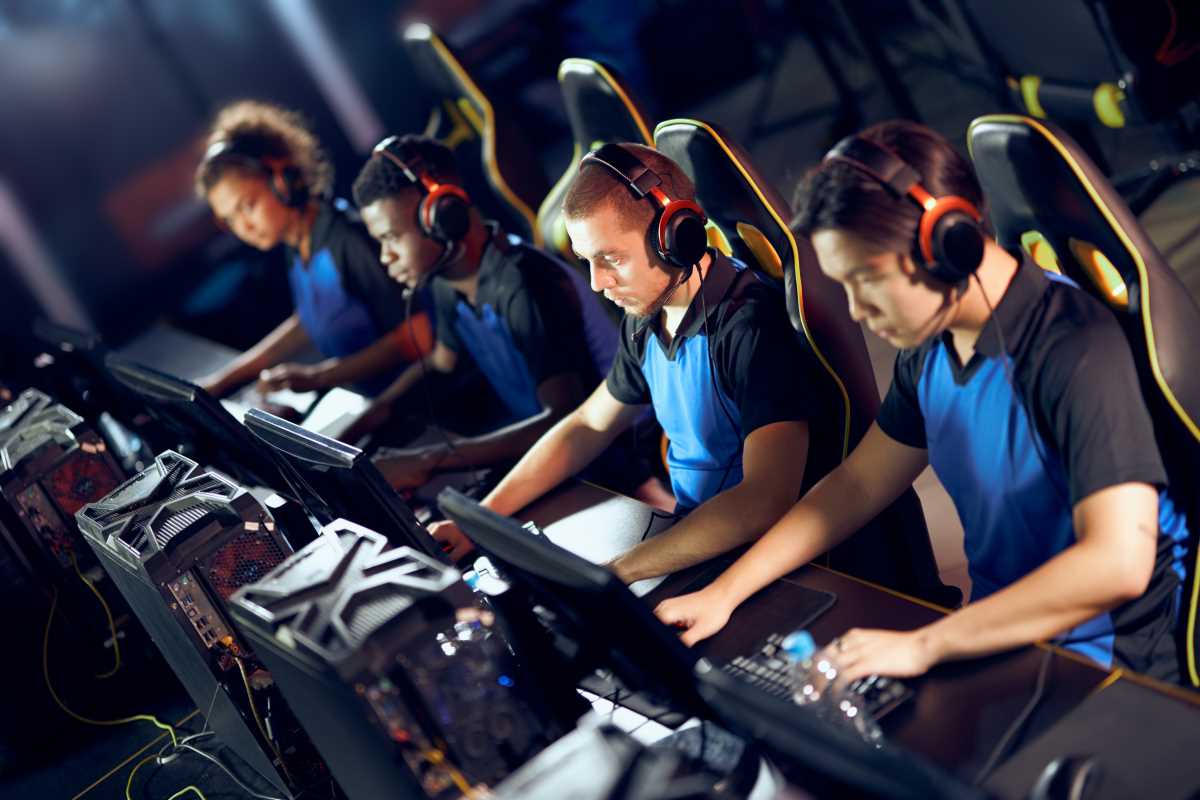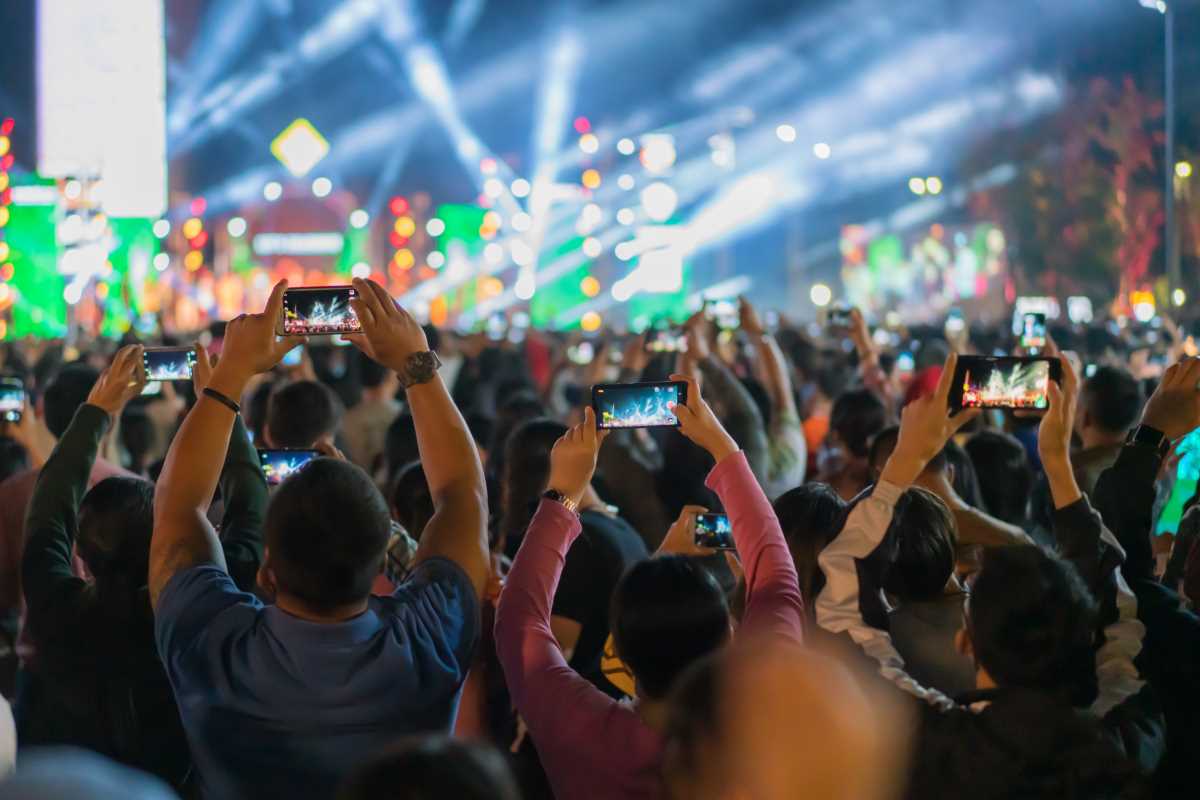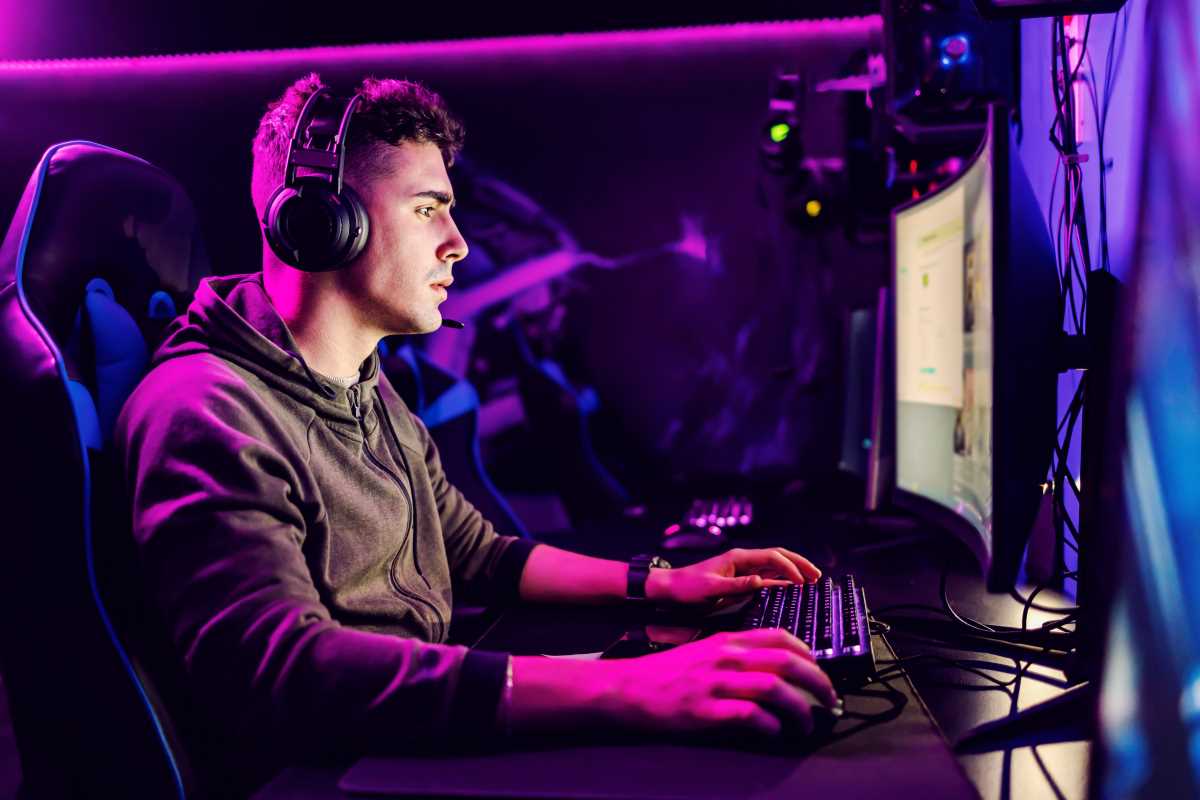Gone are the days when video games were solitary pursuits, played in isolation. Today, social gaming communities are thriving, transforming the gaming experience into something deeply connected, collaborative, and endlessly engaging. With advancements in technology, the rise of multiplayer games, and the seamless integration of social features in gaming platforms, social gaming has quickly become a powerful phenomenon that’s reshaping how people interact, make friends, and even build careers.
From Players to Communities
Social gaming communities are built on one key premise: connection. At their core, they allow players to experience games as a shared activity, whether through friendly cooperation, healthy competition, or simply gathering around a shared passion. These communities often transcend geographic boundaries, bringing together people with diverse backgrounds who might otherwise never cross paths.
Games like Fortnite, for example, have become more than just gaming platforms. They are social hubs where players chat, interact, and even attend live virtual events like concerts. Similarly, platforms like Roblox encourage creation and collaboration, with players designing custom games and sharing them with others.
The driving force behind these tight-knit communities is simple yet impactful. Social gaming provides a sense of belonging while tapping into human desires for collaboration, recognition, and shared success.
Technology at the Heart of the Boom
The rapid surge in social gaming is no coincidence; it’s been fueled by technological breakthroughs that have revolutionized connectivity and accessibility.
- Cloud Gaming: Players can now join games from multiple devices without needing high-powered gaming hardware. Platforms like GeForce NOW and Xbox Cloud Gaming make it possible for friends to play together seamlessly, regardless of their setups.
- Improved Online Connectivity: With faster internet speeds and innovations like 5G, online multiplayer experiences are now smoother and lag-free, bringing players closer together.
- Voice and Video Integration: Communication tools such as Discord and integrated voice chats in games create realistic and immersive social interactions. Players bond over strategy sessions, lively banter, and shared moments of triumph.
These advancements have erased barriers, creating gaming experiences that feel communal even when players are thousands of miles apart.
How Communities Foster Friendships, Collaboration, and Competition
It’s not just about gaming anymore. Social gaming communities have become places where players build genuine relationships, work together creatively, and compete passionately.
- Friendship and Connection: Many gamers find their closest friends in these communities. Livestream platforms like Twitch and features like in-game guilds or clans create opportunities to connect with like-minded individuals over shared interests.
- Collaboration and Creativity: The rise of user-driven platforms, such as Minecraft and Roblox, fosters creativity through group projects and shared challenges. Players work together to craft detailed worlds or ambitious storylines, showcasing the value of collective effort.
- Healthy Competition: Competitive gaming communities in League of Legends, Valorant, or Call of Duty foster an adrenaline-pumping blend of teamwork and rivalry. Players sharpen their skills, strategize with teammates, and celebrate wins together, creating bonds strengthened by shared victories.
These communities often extend beyond gaming itself. Social groups discuss strategies, share memes, and support each other through real-life challenges, proving that the relationships formed in the virtual world are anything but superficial.
Cultural and Economic Shifts
The rise of social gaming communities has left a profound mark on both culture and industry.
- Cultural Influence: Games like Among Us, Animal Crossing, and Fortnite aren’t just popular; they’ve become cultural phenomena. Gamers share inside jokes, stream their sessions to millions, and create trending content like memes or fan art. These expressions have made gaming a central part of pop culture, appealing not only to dedicated players but to casual fans too.
- Economic Impact: Social gaming communities are a driving force in the global gaming industry, which is projected to reach $385 billion by 2023. Platforms like Twitch and YouTube Gaming have turned gamers into influencers, with lucrative sponsorships and partnerships. Meanwhile, microtransactions and in-game economies fuel consistent growth and revenue.
- Opportunities for Developers: Social gaming features are now a must-have for developers, as community-driven games tend to enjoy stronger player retention and engagement. Studios are investing in advanced social mechanics, like cross-platform play, custom content creation, and live events.
Examples of Popular Communities
Here’s a quick look at gaming communities shaping today’s social scene:
- Twitch: Not a game itself, but this platform allows players to share live gameplay with audiences, fueling vibrant communities of fans.
- Fortnite: From squad matches to virtual events like Travis Scott’s concert, Fortnite is a global sensation in the social gaming world.
- Animal Crossing: Social enthusiasts adore visiting friends’ islands, exchanging goods, and sharing creative designs.
- Minecraft Realms: Players construct sprawling cities, magical forests, and everything in between through collaborative efforts.
Each of these communities offers unique ways to connect, whether it’s through competitive matches, creating something new, or simply sharing stories from virtual adventures.
 (Image via
(Image via





